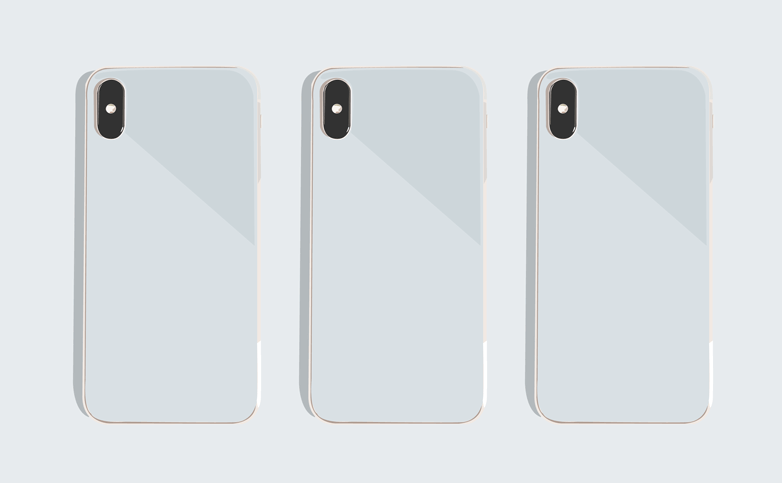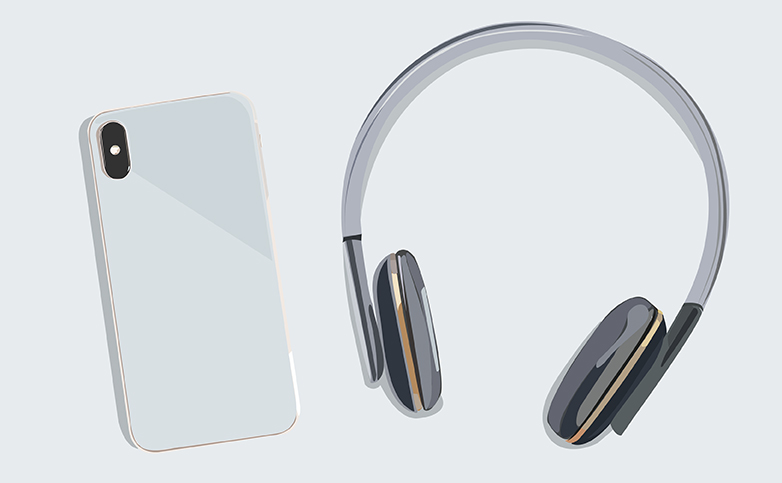How to Do a Digital Detox — and Why You Should Start Today

In a world of abundance, detox is necessary — from sugary foods, alcohol, and, if mental wellness is your goal, your digital devices. Wondering what a digital detox is, why it’s worthwhile, and how to incorporate it into your own busy life? We’re here with the answers. As uncomfortable as time without instant connection may feel, learning how to detach just may feel like the best thing that’s ever happened to you.
The Benefits of a Digital Detox
A digital detox is just that: a total screen time shut down. As simple as it may seem, in a world that largely revolves around electronics — mobile phones, laptops, smart televisions, and the like — it can be incredibly challenging to take a step back from the very methods that connect us. But there’s something to be said about carving out time each and every day to fully unplug.
“It helps to slow down and regulate our rhythm,” explains New You Development, Inc. founder, Laurin Seiden, noting that unplugging helps to regulate our hormones and nervous system, and increase our clarity for life and its tasks, helping us to become more strategic and solution-oriented. “If we’re just staring at screens, mindlessly binging T.V., working hard, and constantly stressing, our sympathetic nervous system — our intuition — can be more challenging to hear.”
Because of this, Seiden says that the more time we give ourselves to process our thoughts and become comfortable with who we are (regardless of what’s showing up on our screens,) with mindfulness toward being untethered to devices, the more fulfilled, inspired, productive and clear we’ll be. “We’ll also notice more, expand our gratitude, want to be more active, connected and appreciative,” she adds.
The Downside of a Digital Detox
Before talking about how to digitally detox, let’s go over the one concern that often pops up. Put simply: FOMO. Seiden says that the number one concern behind unplugging is the idea of missing out on opportunities. While that can totally happen when you set your phone and computer aside, the rewards that you can reap from doing so might just make you rebrand FOMO as the joy of missing out.
How to Detox Without Fully Disconnecting
If FOMO is your biggest concern, you’ll be glad to know that there are ways to detox from digital overload without fully cutting usage from your routine.
“I like to expand [digital detox] to mean consciously choosing how we use and live with our devices,” Seiden says. “Using them as a tool to serve our lives, rather than something to get caught up with mindlessly losing time and productivity.”
While it’s undoubtedly important to spend time in nature and with other people without regard to notifications popping up on your phone, Seiden acknowledges that, in the long run, our devices play a big part in our ability to connect, create and manage our lives. “There’s so much incredible information now — podcasts, meditation apps, guided journeys, etc. — it’s about choosing systems and a quality of life that works best for you,” she says.
Digital Detox for Freelancers & Entrpreneurs
If you run your own business or your job relies largely on your connection with and speedy replies to other people, it may feel impossible to digitally detox. But it’s possible!
As someone who is constantly being called on for something, Seiden says it can be as simple as putting an out-of-office autoreply on for 48 hours so you can tackle your priorities without interruption, and get to your emails at set times throughout the day.
“This is a part of understanding what your priorities are and when it feels best for you to contribute and connect because you’re full and would love to share rather than checking off a to-do, which rarely even accomplishes the result fully,” she says. “Some people do this first thing and check their email now once or twice a day; some prefer evenings or mid-day.”
When to Detox
This is the beauty of digital detox: It doesn’t have to be some month-long, zero-contact thing. Instead, according to naturopath, clinical nutritionist and wellness coach Dr. Simoné Laubscher, it can be as easy as turning off your WiFi before bed and leaving your phone and other electronic devices 10 feet away from you while you sleep.
“This ensures that the radiation unseen by the naked eye doesn’t affect your pineal gland, which controls your sleep and wake cycles and is linked to how fast you age,” she says.
Outside of your nightly sleep routines, she advises at least one half-day a week to get entirely off and away from your phone to connect with nature.
Seiden echoes this, noting that it typically takes around five to seven days to fully unwind from technology and create new patterns that truly adapt to a slower, more-grounded way of life. “It all depends on how quickly you adapt,” she says, advising you to do anything you can to up your senses outside of digital awareness. “Smelling flowers, taking time to stop and notice your surroundings, petting and spending time with animals, cooking with your hands, moving your body, spending time with loved ones, and focusing on physical touch can all help in the detox process.” After all, that’s the entire point of a detox: to step back from devices and toward experiences.
Remember When Detoxing…
When working with her clients, Seiden has one major tip for embracing a detox. “Build your trust,” she says. “You’re exactly where you need to be. If you know it’s time to take a detox, then trust that. Any opportunity that may have come in during that time wasn’t meant for you or it won’t have a deadline if it’s really yours. Release the scarcity mentality into your being able to create what will serve you and others best. The presence you build for yourself, your loved ones, clients and friends…is so worth the time out.”
The Takeaway
There’s no one way to detox digitally. As Seiden points out, for some people, taking a week or two off from devices is the magic answer. For others, it’s taking Saturdays off each week or powering everything down at a certain time each day — even for just a few minutes.
Regardless of how, Seiden says that doing so is unarguable. “Technology isn’t going anywhere, and in fact, it’s becoming integrated into our body and being even more,” she says. “From watches and glasses to whatever’s coming, we’ll need time away or a balanced way of using it all in order to have or build clarity, connection and presence.”
At the end of the day, she says it’s all about integrating technology into our lives in a way that’s sustainable and fulfilling — not demanding and depleting. “We may use technology to capture ideas, downloads and insights, but we still need quiet time to grow in our lives, receive insights, home intuitive clarity, and to integrate our thoughts,” she shares.
Illustrations by Kayla Moffatt






